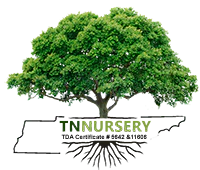Filters
Ferns Are Bio-Indicators and Clean Air Pollutants
Love ferns? If you're looking to add some volume, color, or texture to your home garden, you simply can't go wrong with a fern. Their broad, feathery leaves provide both visual interest and shade for flowers, and the right fern accomplishes this without requiring much more work.
Here are five low-maintenance ones to consider. Easy Ferns to Grow with Super Low Maintenance
New York Fern
This shade-loving fern is perfect for that patch of soil that doesn't get much sun. Their leaves spread well and produce rhizomes, which will continue to send up new growth year after year. All they need is partially acidic, damp soil to thrive.
Hay-Scented Fern
This fragrant fern is considered an invasive species, so it's bound to grow like a weed in your backyard without needing much care. In spite of its hardiness, it's easy to thin by pulling new growths in the spring. A healthy specimen produces dark green leaves that turn yellow in the fall. Ostrich Fern This plant produces wide, broad plumes much like its avian namesake. Unlike the hay-scented and New York varieties, this fern tolerates sun as long as the soil is sufficiently moist.
Christmas Fern
This fern is evergreen and grows in smaller clusters when compared to its other cousins. For this reason, it's a great choice for adding an ornamental border or accent to your gardenscape that will stay green year-round.
Maidenhair Fern
Maidenhair Ferns are unusual in that they prefer alkaline soil, so it's best to go light on the fertilizer. Their leaves are narrow, delicate, and aromatic, hence the moniker "Maidenhair." Thriving in partial shade and moist but well-drained soil, this fern does well both indoors and outdoors.














